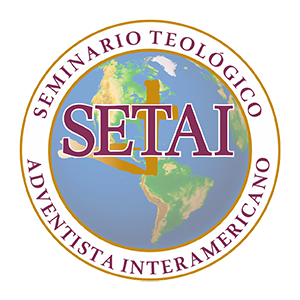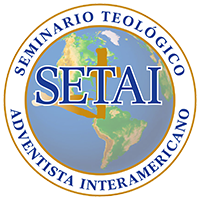Technical Requirements
MINIMUM TECHNICAL REQUIREMENTS
Institutional Email
Once admitted as a regular student at IATS, you will be assigned an institutional email account in Gmail (@setai.edu), which will also serve as your username to access the IATS (Moodle) learning platform. It is mandatory to check this email regularly, as it is the official communication channel with both the administrative offices of IATS and course instructors.
Equipment
You can access the IATS (Moodle) learning platform from any Internet-connected device, such as a mobile phone, tablet, or computer. However, for a better experience, it is recommended to use a computer with the following minimum specifications:
- Age: 5 years or less.
- RAM: At least 1 GB.
- Processor: 2 GHz or higher.
- Sound card, webcam, and headphones.
Internet
To access your institutional email, the Moodle platform, and reading materials, a minimum Internet connection speed of 2 Mbps for both upload and download is recommended. This will ensure smooth navigation and proper submission of assignments.
📌 Recommendation: For a more stable and faster connection, if possible, use a wired Ethernet connection instead of WiFi.
Compatible Browsers
The following web browsers are recommended for better compatibility with Moodle and associated services:
Recommended Software and Plugins
The IATS provides access to Microsoft Office 365 for Education, allowing the use of online applications such as Word, PowerPoint, and Excel. If you do not have a desktop Microsoft Office license, you can use LibreOffice, a free alternative.
Additionally, it is recommended to install the following programs:
- Adobe Acrobat Reader (to open PDF files).
- Java Player (latest version; uninstall previous versions and enable it in your browser).
- A video player, such as Apple QuickTime, VLC, or Windows Media Player.
Required Technical Skills
It is important that students have basic computer skills, including:
- Email: Sending, receiving, and managing emails.
- File Management: Opening, creating, closing, and saving files in the following formats:
- Word (DOCX), Plain Text (TXT), Rich Text Format (RTF), PowerPoint (PPTX), Excel (XLSX), and PDF.
- Internet Use:
- Connecting to a network.
- Accessing email.
- Sending email attachments.
- Browsing the web.

